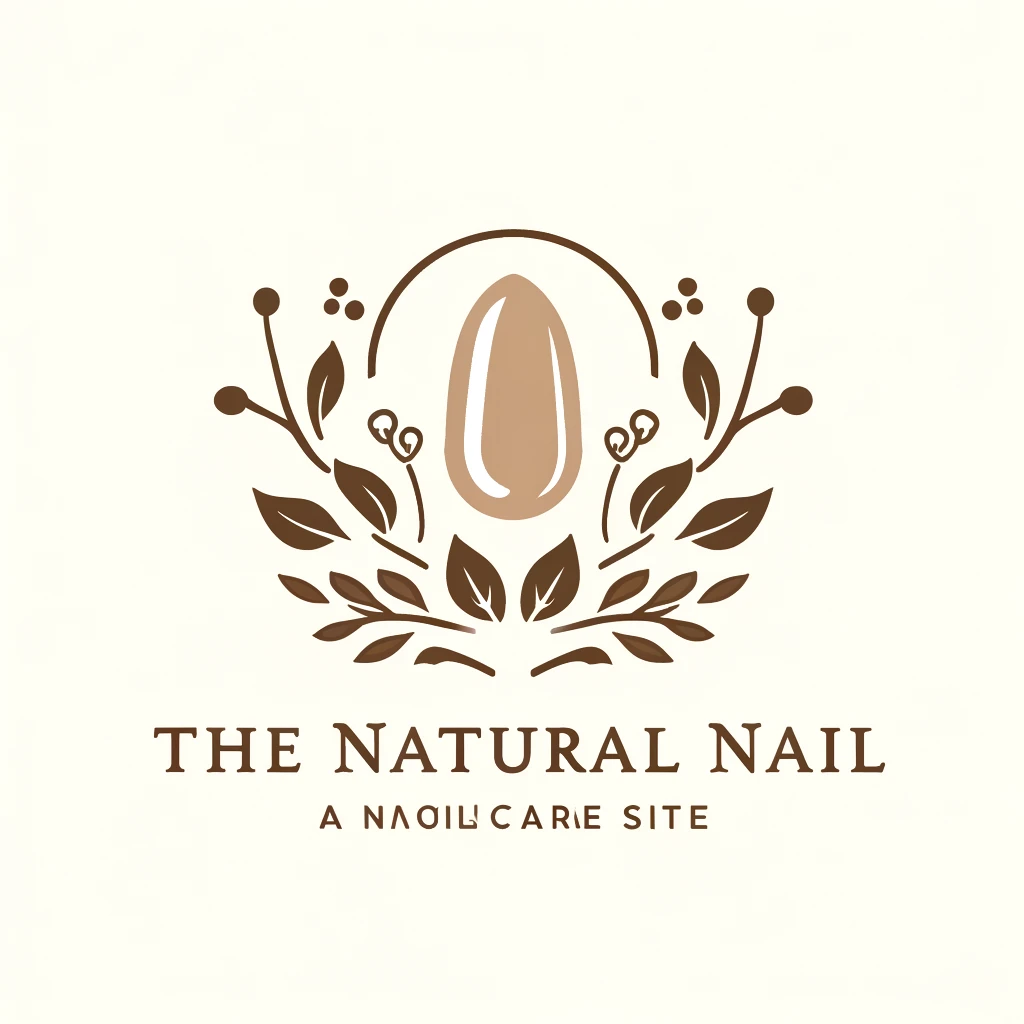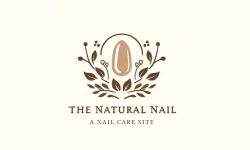Acrylic nail applications are strongly dependent on the quality and condition of your brushes. A well-maintained brush results in easy application, accurate control, and faultless nail designs. However, acrylic products solidify fast, causing build-up and potentially harming the brush if not thoroughly cleaned. This article offers a complete guide for Cleaning Acrylic Nail Brushes, ensuring they remain in peak condition for endless applications.
Cleaning Acrylic Nail Brushes After Every Use

Cleaning Acrylic Nail Brushes are a regular process after each use is critical. This keeps acrylic residue from hardening in the bristles, preserving their form and elasticity. Here’s an overview of the after-use cleaning procedure:
- Wipe Away Excess Product: Immediately after use, use a lint-free towel to gently wipe away any excess acrylic substance from the bristles. This removes much of the product before it dries entirely.
- Monomer or Brush Cleaner: After wiping down, use a little amount of monomer (the liquid component of acrylic) or a specialist acrylic brush cleaner to remove any leftover residue. Monomer is often softer on bristles, although a high-quality brush cleanser is also useful. Dip the brush tip softly into the cleaning solution and gently twirl the bristles. Avoid vigorous cleaning or immersing the entire brush, since this might dislodge the ferrule (the metal component that holds the bristles).
- Warm Water Rinse: Rinse the bristles well with warm water to eliminate any remaining cleaning solution residue. Hold the brush downwards to prevent water from seeping into the ferrule and loosening the bristles over time.
Deep Cleaning Acrylic Nail Brushes for Stubborn Residue
While the after-use cleaning method removes the majority of acrylic buildup, a deeper clean may be required on a regular basis, particularly if the bristles harden or lose form. We’ve also explored and reviewed the Top 10 acrylic nail brushes available on Amazon.
Here’s how to do a deep clean.
- Monomer Soak: Fill a small dish with enough monomer to cover only the bristles. Allow the brush to soak for 2-3 hours, or even overnight for more persistent buildup. The monomer will help to soften the acrylic residue.
- Gently Reshape: After soaking, gently realign the bristles to their natural shape with your fingers. Avoid twisting or tugging on the bristles, as this might cause them to loosen and break.
- Warm Water Rinse and Repeat: Rinse the brush carefully with warm water to remove the loose acrylic and any leftover monomer. If there is still noticeable residue, repeat the soaking procedure.
- Brush Cleaner Alternative: For more thorough cleaning, consider using a specialist acrylic brush cleaner instead of monomer. For the best results, follow the directions provided with the product.
Proper Drying is Crucial

After Cleaning Acrylic Nail Brushes, your brushes must be thoroughly dried to avoid moisture buildup and ferrule damage. Here’s the appropriate drying technique:
- Gently Squeeze Out Excess Water: Using a clean towel, gently squeeze any extra water from the bristles of the brush without twisting or wringing.
- Reshape and Lay Flat: Carefully realign the bristles to their original shape. Place the brush flat on a clean, absorbent cloth in a well-ventilated place. Avoid drying with direct sunshine or heat sources, since these can damage the bristles.
Conditioning for Healthy Brush Life
While Cleaning Acrylic Nail Brushes, conditioning is not always necessary, it might help them last longer and perform better. How to Condition Your Brushes:
- Natural Oils: Apply a small amount of natural oil, such as almond or jojoba oil, to the base of the bristles near the ferrule. Too much oil might cause the bristles to go limp, so use a little touch.
- Brush Saver: Alternatively, use a commercially available brush saver designed exclusively for acrylic nail brushes. These products frequently include nourishing elements to keep the bristles soft and pliable.
Storing Your Brushes Safely

Proper brush storage protects them from dust, debris, and potential damage. Here are some storage tips.
- Upright Position: Store your brushes upright in a container or brush holder, bristles facing upward. This promotes appropriate air circulation and keeps the bristles from bending or losing their form.
- Dust-Free Environment: Choose a clean, dry, and dust-free storage environment. Avoid keeping your brushes in direct sunlight or near heat sources.
- Caps (Optional): While brush caps are not required, they can provide additional bristle protection, particularly if you travel with your brushes frequently.
Conclusion: Investing in Brush Care for Flawless Results
Cleaning Acrylic Nail Brushes and Finding the right Acrylic nail shape ensures that your nail art is of high quality and lasts long. By following the simple cleaning, drying, and storage practices suggested in this article, you can keep your brushes in excellent condition, offering smooth application, precise control, and immaculate results for multiple applications. Remember that a well-maintained brush is a pleasure to use and allows you to create stunning nail patterns with ease.
Furthermore, taking care of your brushes extends beyond looks. Clean brushes are more hygienic, preventing the accumulation of microorganisms that could cause to diseases. Furthermore, appropriate care increases the lifespan of your brushes, saving you money in the long run.
Creating a consistent brush maintenance routine requires little time and effort but produces tremendous results. Whether you’re a seasoned nail technician or just getting started with acrylic nail art, emphasizing brush maintenance is vital for generating professional-looking results and preserving healthy nails. So, the next time you reach for your acrylic nail brushes, remember that a little TLC goes a long way toward keeping them working at their peak.

